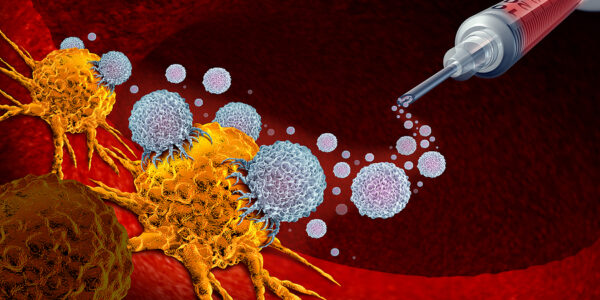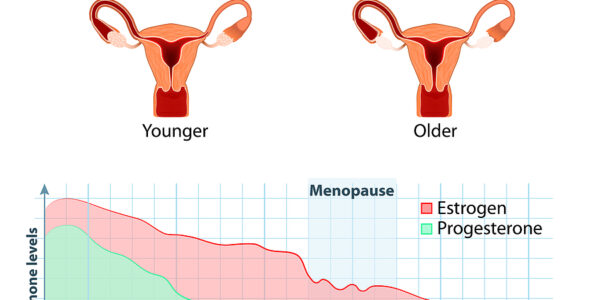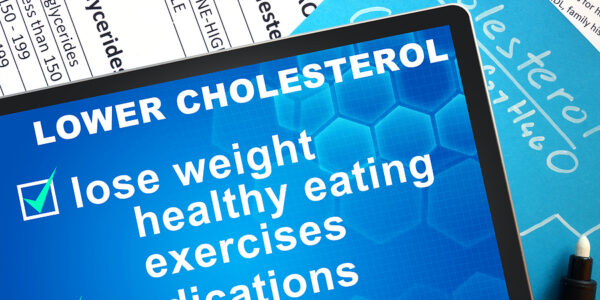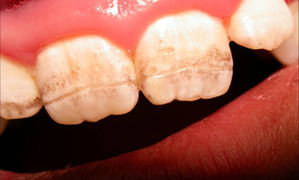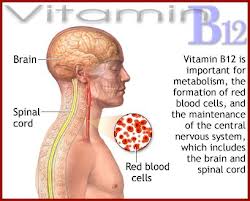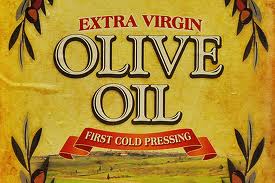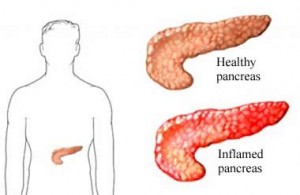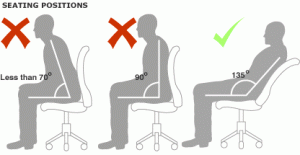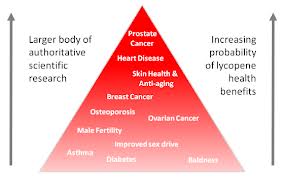Nitroglycerine has been a tried and tested drug for patients who suffer from angina, but the chemical has other benefits: the drug can retard labor and delivery, if a woman is having premature labor. This result comes from research at Queen’s University Perinatal Research Unit at Kingston General Hospital, Canada. Other tocolytics, which is the term for labor delaying drugs, are also on the market showing comparable results, but the nitro patch had an advantage, as it significantly reduced morbidity during the neonatal period.
The researchers worked with 158 women who went into premature labor between 24 and 32 weeks of pregnancy. In a randomized trial they either received a transdermal patch of nitroglycerine or placebo. If contractions continued an hour after the patch was put on the skin, another one was added. The following day treatment was repeated. Delivery was delayed 10 days for all, and a very significant 23 days for those in labor before 28 weeks. Any prolongation of pregnancy closer to a term delivery is helpful, but the greatest significance applies to those, where labor starts before 28 weeks. This is the group of babies that are most at risk, says lead author Dr. Graeme Smith of Kingston General.
There may be two reasons for the overall benefits of nitroglycerin treatment. On the one hand nitroglycerine protects pregnancy in the most vulnerable group, where the mothers enter labor before 28 weeks. The other aspect may be that the nitro patch may be having effects beyond the labor-delaying properties such as better blood flow in the placenta, as there is enough of the medication that reaches the placenta.
Dr. Smith reports that at this point there is no “gold standard” tocolytic in Canada. Tocolytics have shown little improvement and frequent side effects. Compared to other tocolytic medications the main side effect of the nitro patch has been a mild headache. In most cases it was not necessary to remove the patch. It is estimated that nitroglycerin is now used in about a third of Canadian centers.
Reference: National Review Of Medicine, February 28, 2007, page 5
Last edited December 5, 2012
